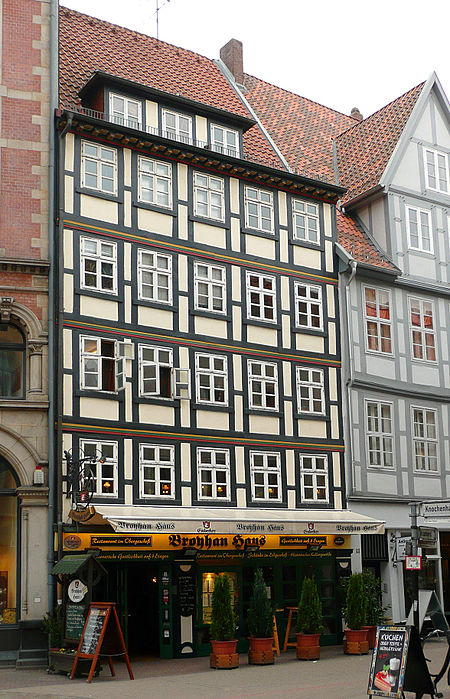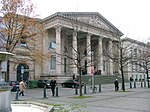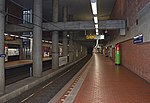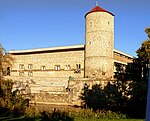Broyhan House

Broyhan House (German: Broyhanhaus) is a residential and commercial building constructed in 1576 in Hanover's historic old town (Altstadt). It is the second-oldest preserved half-timbered building in Hanover, and stands on the cellar walls of an earlier building dating to the 14th century. The house is named after Cord Broyhan, a brewer who lived in an earlier building from 1537 until 1561.The beer that Broyhan is credited to have invented and that is named after him had a profoundly positive economic impact on Hanover. Broyhan beer creased being brewed in 1919, but the Gilde Brewery that resulted from the brewers guild formed in 1546, in part by Broyhan, is still operating as of 2024.
Excerpt from the Wikipedia article Broyhan House (License: CC BY-SA 3.0, Authors, Images).Broyhan House
Merchant Street, Hanover Centre (Centre)
Geographical coordinates (GPS) Address External links Nearby Places Show on map
Geographical coordinates (GPS)
| Latitude | Longitude |
|---|---|
| N 52.371736 ° | E 9.734158 ° |
Address
Broyhanhaus
Merchant Street 24
30159 Hanover, Centre (Centre)
Lower Saxony, Germany
Open on Google Maps










